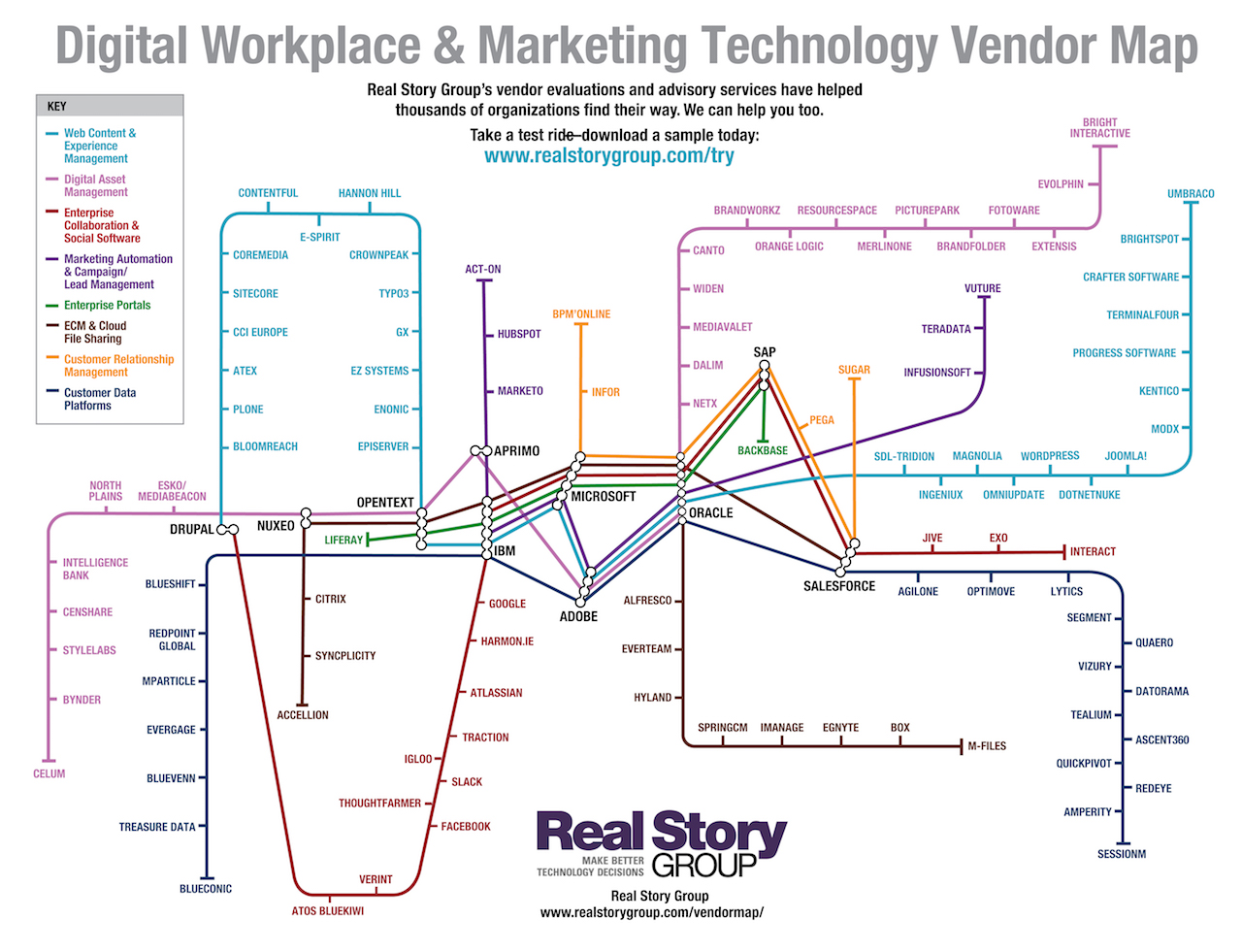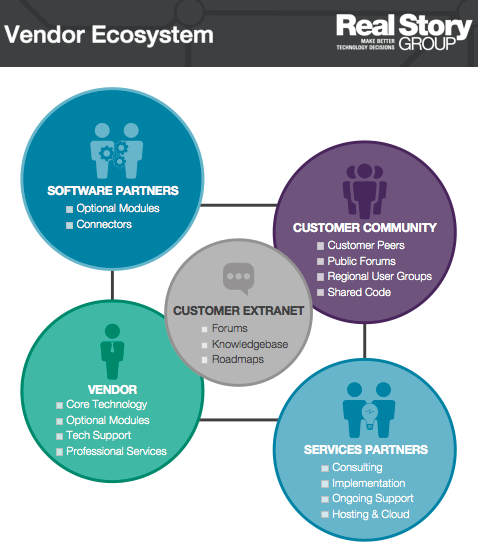What is a Community, anyway?
This question is popping up pretty frequently among our advisory subscribers. It's a subtle question in some ways, but also laden with great import for both intranet/collaboration managers and public website marketers.
Community venues are fast evolving. In the public sphere, the action has transitioned largely (though not completely) to public social networks, where innumerable sub-communities have emerged. Intra-enterprise investments, not surprisingly, have followed more slowly. However, we're seeing enterprises of all stripes paying greater attention to internal communities as key applications within the digital workplace.
But just what constitutes a community? And why is the answer important?
For starters, it's important to distinguish between a community versus simple interaction and feedback. If I comment on an article within my local newspaper website, am I joining a community? The newspaper might think so, but I don't, and it's my opinion as the poster that matters here. A community is something more than a collection of threaded comments -- however valuable those are in their own right -- and that "something more" is where added business value lies.
Intranet guru Jane McConnell defines communities as "Groups of people with a shared interest or practice, who communicate, exchange ideas, and collaborate." This is a great starting point, and I'll extend it with a short list of characteristics that I think make for a real community. If I'm missing some, please chime in with your comments.
Communities have explicit membership. Membership is more than just a login or even a profile, but a sense of belonging and commitment, which is much harder to define but extremely important. One sign of a real community is that members have actively annotated their profiles (with picture, interests, and so on). This in turn conveys obligations for community "owners" to understand members' commitment and manage accordingly -- i.e., with a deft hand that allows membership broad leeway to define where the community goes. By the way, for a great resource on this very issue, consult The Community Roundtable.
Members visit regularly, even without prompting. Members want to participate regularly, to see what the community is up to. Sure, signalling and alerts from the system are essential, and people will want to commune around useful new content, as well. Still, I find it interesting that on media and sports sites, readers will comment on new articles, but communities tend to form around particular stars or personas. Perhaps there are lessons here for internal enterprise communities.
Members have the ability and inclination to connect directly with each other. The nature of those connections will vary, and large communities need to account for a variety of different member-to-member interaction services. Member-to-member interaction separates true communities from workaday user generated content.
Note that I'm not suggesting that digital communities are the shining future of intranet and web interaction. There is a place for ad-hoc interactivity and many people simply don't want to join yet another community, either at work or outside work. The absence of a community does not mean you should forgo the possibility for pervasive interaction with you, the site owner.
Nevertheless, I believe communities are an increasingly important phenomenon, especially within enterprise firewalls. In fact, this phenomenon is one of the key reasons why savvier enterprises are reluctant to commit wholeheartedly to SharePoint (which famously lacks key community services), even as they leverage SharePoint's ample document-sharing and workflow services.
In any event, it's an area we are covering much more closely in our Enterprise Collaboration and Social Software vendor evaluations. And I'm still trying to better understand all the nuances. So keep those questions coming...







